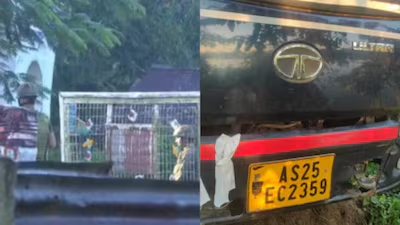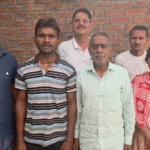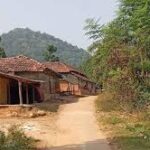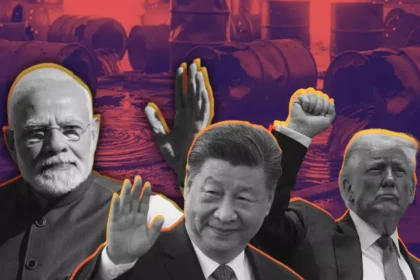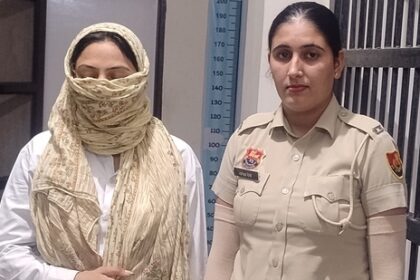3 Soldiers Injured in Deadly Grenade Attack on Army Camp in Assam’s Kakopathar
“Three Indian soldiers were injured in a powerful grenade attack on an army camp in Kakopathar, Assam. The sudden assault has raised security concerns in the region
In the early hours of Friday morning, an Army camp in Kakopathar, Tinsukia district of Assam, came under a brutal grenade and gunfire attack, leaving three Indian Army personnel injured. The incident has sparked concerns over renewed militant activity in the Upper Assam region
Around 12:30 a.m., unidentified assailants struck the Kakopathar Army camp with a coordinated use of Under‑Barrel Grenade Launchers (UBGLs), immediately followed by a barrage of automatic gunfire lasting approximately 30 minutes.

Eyewitnesses report that the attackers arrived in a truck, setting the stage for what appears to have been a premeditated assault. Explosions and gunshots echoed through local neighbourhoods, causing panic among residents.
All three soldiers suffered minor injuries, described mostly as abrasions.
There were no reported civilian casualties so far, and the material damage to the Army camp has been described as limited. The Army responded swiftly to contain the situation and avoid collateral damage to nearby homes.
Immediately following the attack, security forces—both Army and police—cordoned off the area and launched joint combing operations in and around Kakopathar. Movement of civilians has been restricted around the site as authorities seek to trace the attackers.
Troops stationed in the camp are said to have retaliated, firing back using automatic weapons. The attackers reportedly fled following the Army’s retaliation.
While no group has formally claimed responsibility yet, early investigations are focusing on ULFA (Independent), a banned insurgent group in Assam. ULFA (I) has been suspected in past similar attacks in the Kakopathar area.
Given the sophistication of the attack—use of UBGLs, a moving vehicle, coordinated gunfire—it resembles modus operandi attributed to well‑trained militant outfits rather than opportunistic criminals.
Kakopathar has previously been the site of militant activity including grenade attacks and assaults on security forces. In November 2023, ULFA (I) was charged by the National Investigation Agency (NIA) for its alleged involvement in a grenade attack on a military base in the same region.
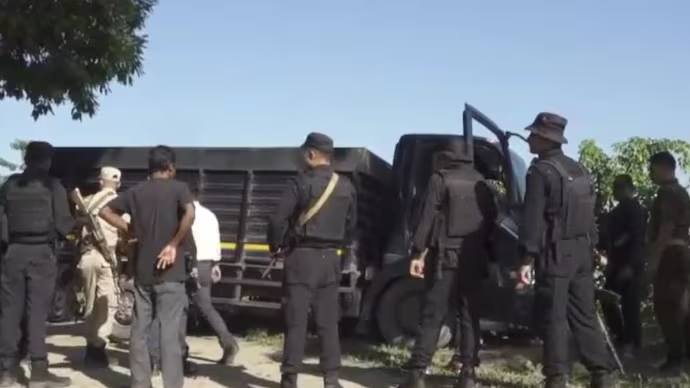
Other incidents include grenade blasts near Army camps under Kakopathar police station, indicating that the area remains sensitive and vulnerable to insurgent operations.
These repeated incidents point to an ongoing challenge for security forces to maintain vigilant posture, conduct intelligence operations, and effectively counter these threats, especially in remote border‑zone terrains.
Renewed militant assertiveness: An attack of this nature suggests that insurgent groups might be regaining operational momentum in Upper Assam.
Border & terrain challenges: Kakopathar lies close to the Assam‑Arunachal Pradesh border, an area with dense forest cover, rugged terrain, and porous borders. These factors make infiltration, hideouts, and quick escapes easier for militants.
Security posture scrutiny: The effectiveness of local intelligence networks, surveillance infrastructure, and coordination between different security wings will likely come under review.
Civilian safety & morale: Although no civilians were reported injured, the echoes of gunfire and explosions through residential areas have led to widespread fear. Such incidents also impact the trust of local populations in the ability of the state to provide protection.
Government officials are expected to make public statements in the coming hours/days, both to condemn the attack and to reassure citizens.
The injured soldiers are under medical care; none with serious injuries.
Search operations are active in and around Kakopathar. Areas have been sanitized, with combing operations and checkpoints established.
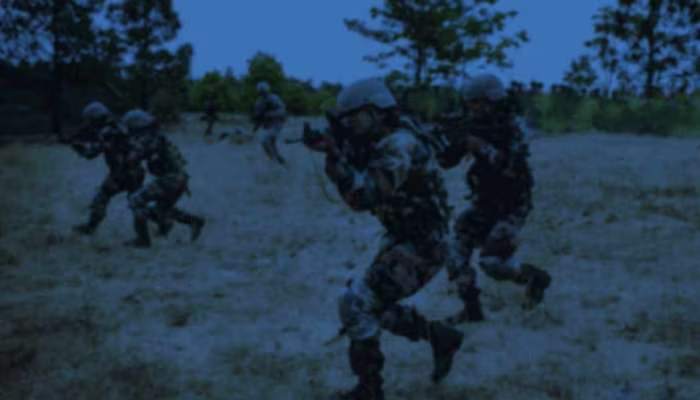
Authorities have not yet made any arrests or apprehended suspects. No group has publicly claimed responsibility.
Identity of attackers – whether ULFA (I) or another group, or possibly more than one group acting together.
Motivation – whether this was a targeted assault on military infrastructure, a distraction, or part of a larger coordinated campaign.
Government response – both in terms of increased security measures, intelligence operations, and the political messaging around insurgency and border security.
Local community reactions – how residents respond, whether there is cooperation or hesitation in sharing information, especially considering past incidents.
Follow‑up attacks or threats – whether this attack is standalone or a warning of more to come.
Read Also : Lynched Dalit’s Family ‘Refuses’ to Meet Rahul Gandhi – ‘Go Back Rahul’ Posters Surface Across State


